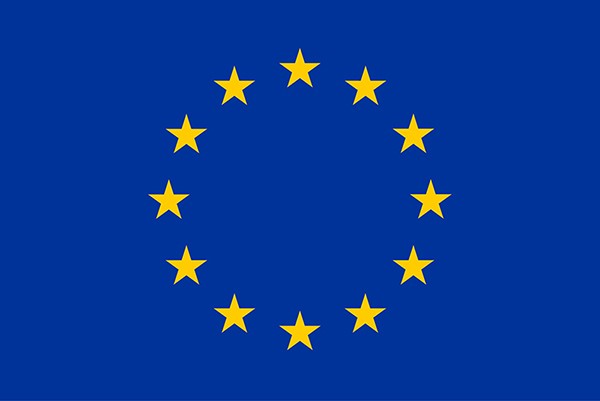Project website Online platform (registration required)
How do you digitally curate filmic records that bear witness to the darkest chapter in recent European history? The Holocaust has been a central reference point for European history and a 'negative founding myth' of European integration. Now that digital technologies and the internet have profoundly transformed our concepts of history and visual evidence the question of its representation becomes more pertinent. From 2019 to 2023, a consortium consisting of 12 Austrian, German, Israeli and French research institutions, museums, memorial sites and technology developers together with American partners developed models and applications to respond to this challenge.
"Visual History of the Holocaust: Rethinking Curation in the Digital Age" was coordinated by the Ludwig Boltzmann Institute for Digital History (Ludwig Boltzmann Gesellschaft) (Vienna), in close collaboration with the Austrian Film Museum (Vienna). It explored the potentials as well as the limitations of digital technologies in the ongoing effort to preserve, analyze and communicate historical evidence of the Holocaust, and in particular audiovisual records.
The project focused on filmic records produced by Allied forces and relating to the discovery of Nazi concentration camps and other atrocity sites. Although these films only capture a certain aspect of the Holocaust, some of their images have become canonical. Due to the scarcity of visual records a few images, often presented out of context, have shaped our collective imaginary of the Holocaust. In the course of the project these historical films, which are dispersed across archival institutions in the US, Great Britain, Russia and other former Soviet Republics, were be aggregated, digitized, analyzed and annotated. The resulting digital repository and research infrastructure VHH-MMSI allows researchers to dynamically link film images with photographs, text-based documents and oral histories, as well as with images from subsequent filmic representations of the Holocaust.
"Visual History of the Holocaust" will made groundbreaking use of existing and emerging technologies, including advanced digitization, automated analysis of images and text, time-based annotation and location-based services. It was an aim of the project to establish new contexts of meaning to be explored in history, film and media studies, cultural studies and computer science. Based on this technology-enabled research new communication strategies can be developed for memorials, museums and educational institutions. The project was supported by a number of memorial institutions, three of them being part of the consortium: Dachau Concentration Camp Memorial Site, Mauthausen Memorial, and Bergen-Belsen Memorial.
Project consortium
Ludwig Boltzmann Institute for Digital History (Ludwig Boltzmann Gesellschaft) (AT), Austrian Film Museum (AT), TU Wien (AT), Justus Liebig University Giessen (DE), The Hebrew University of Jerusalem (IL), University of Bremen (DE), Center for Russian, Central European and Caucasian Studies (Centre National de la Recherche Scientifique) (FR), Dachau Concentration Camp Memorial Site (Stiftung Bayerische Gedenkstätten) (DE), Bergen-Belsen Memorial (Stiftung niedersächsische Gedenkstätten) (DE), Mauthausen Memorial (AT), Deutsches Filminstitut & Filmmuseum (DE), max.recall information systems GmbH (AT)
Associated Partners
National Archives and Records Administration (USA), United States Holocaust Memorial Museum (USA), Fritz Bauer Institut (DE)
Duration
From January 2019 until March 2023
Funding
"Visual History of the Holocaust: Rethinking Curation in the Digital Age" was awarded €5 million in funding through the European Union's Horizon 2020 program. The project was ranked first in a competitive field of 37 proposals.
![[Liberation of Dachau] © Library of Congress [Liberation of Dachau] © Library of Congress](/jart/prj3/filmmuseum/images/cache/24703bffd380d4cab80be871c60c2328/0x11196F07B70B069F7A68A67E53E856E8.jpeg)
